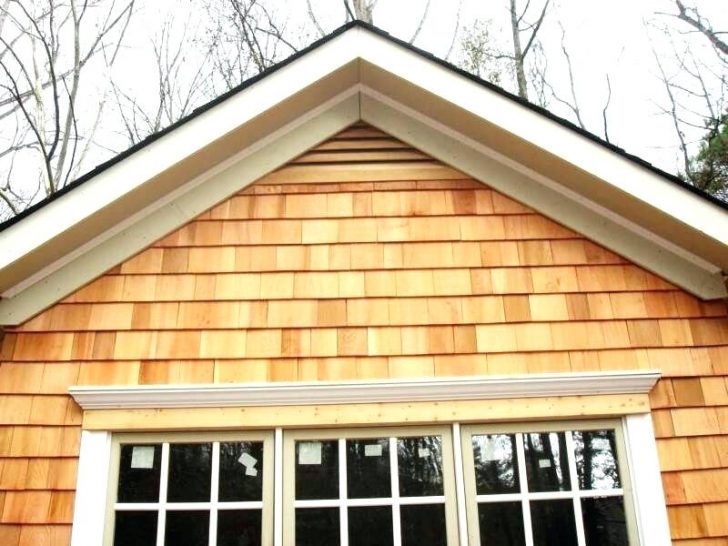Cedar Siding has become very popular for use on residential homes and businesses. For those looking for natural wood siding, cedar most often is the preferred choice. Other kinds of material used for the same purpose are redwood, engineered wood, and other varieties of wood. But this is just a cedar shingles maintenance article, so we’ll briefly discuss cedar siding benefits and compare cedar shingles to other kinds of siding materials. After reading this article, you should be aware of the cedar siding benefits and have a good understanding of how to care for cedar shingles.
Cedar Siding Maintenance
Caring for cedar siding involves quite a bit of work, such as painting and applying stain. In some areas, homeowners may choose to have the siding replaced because it has cracked or split, which is often a very difficult, lengthy, and expensive process. In many cases, the siding will need to be repainted every five to ten years. And stained cedar siding will gradually change color – mahogany to golden brown, depending on the quality of the stain. The color change can be imperceptible to the naked eye, but if you’re walking through your house on a warm summer day, you may be hard pressed not to notice.
CEDAR DURABILITY
Some homeowners also prefer cedar siding because it’s more resistant to bugs than most other natural wood materials. Cedar has natural physical characteristics that make it particularly resistant to pests, including rot, fungi, and molds. And fiber cement, although an excellent moisture-repelling substance, also repels insects.
MOISTURE BUILDUP
If you live in an area where there are seasonal changes in temperature and humidity, then you’ll find that your cedar siding will deteriorate more quickly than those in areas with steady climate. This is due to the constant exposure to moisture. The siding will expand and contract based on the changes in these variables, so planks that are built on foundations will often shrink in response to fluctuations in the weather.

STAINING
Even with proper care, cedar siding may need to be repainted or stained after being exposed to elements for extended periods of time. For example, tree sap, bird droppings, and pollution can cause the wood to darken, burnish, or even rot. When this happens, it may be necessary to strip the stains or paint off the wood itself. In addition, wood that has been repeatedly exposed to saltwater will tend to lose its natural sheen. Fortunately, you can often restore patina to a previous level simply by applying new stain or painting.
COMPARING CEDAR TO OTHER SIDING MATERIALS
Finally, cedar siding is typically less durable than vinyl or aluminum, so you’ll want to make sure it’s properly installed and looked over periodically to ensure it is free of any possible damage. A fiber cement siding installation will not only provide a rustic look, but will also resist insect penetration. It is also available in a variety of colors to complement any home’s design. In fact, there are now cedar shakes used as pavers in some regions.
